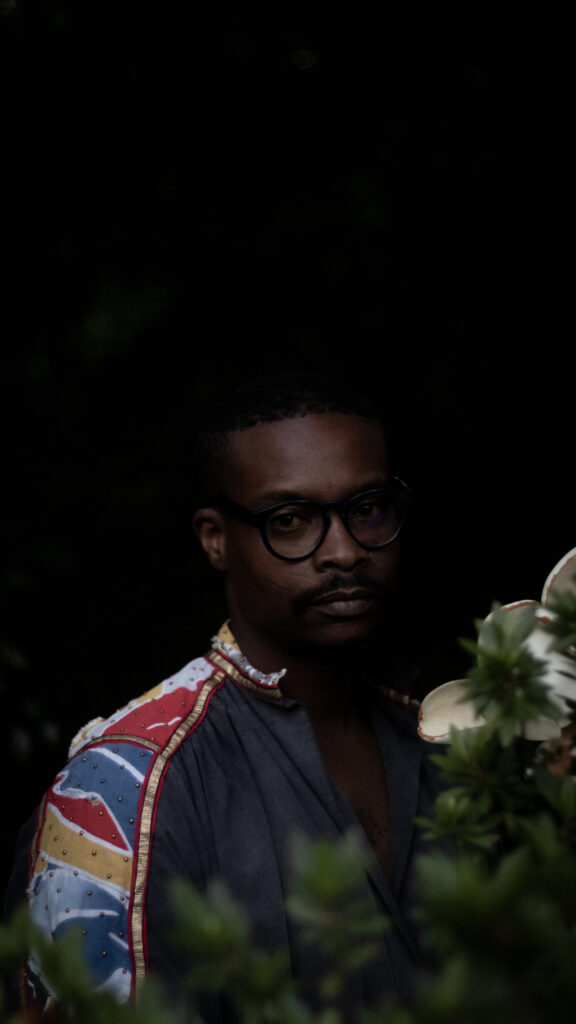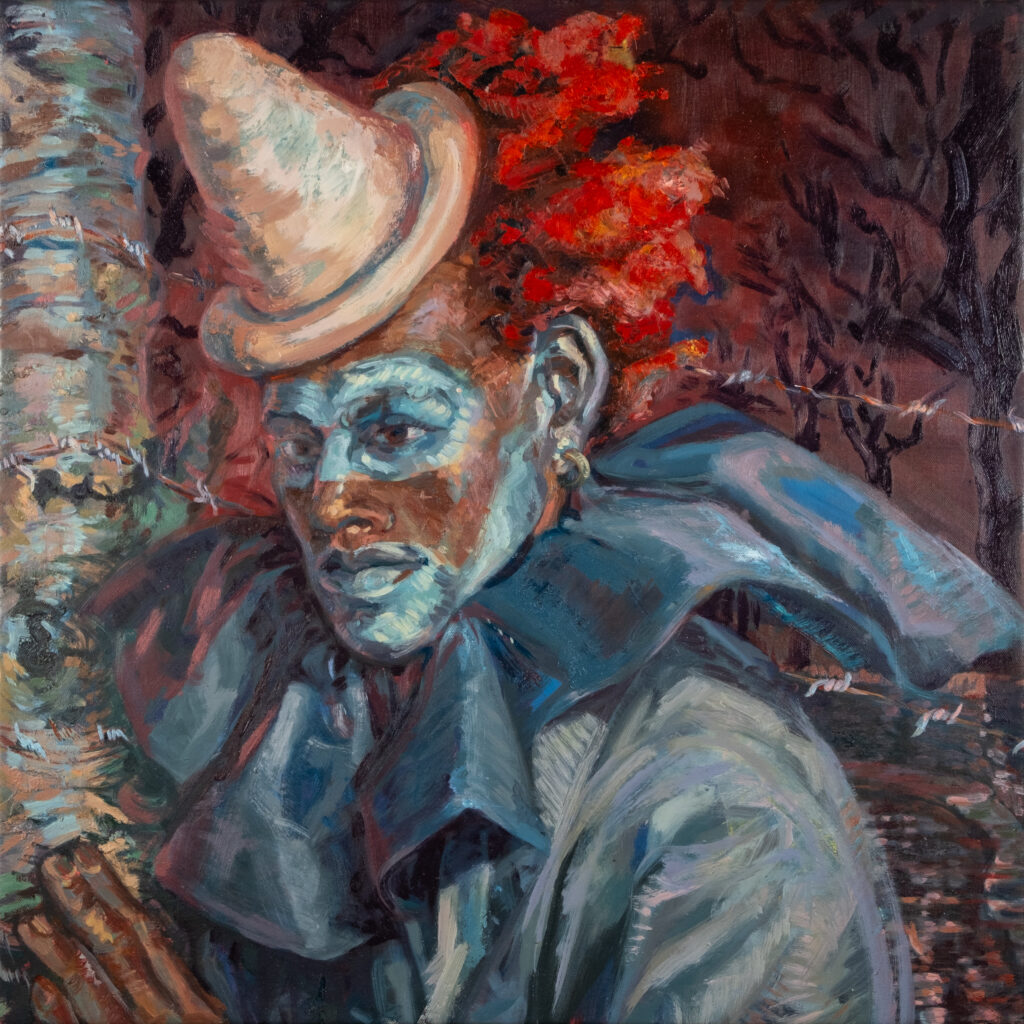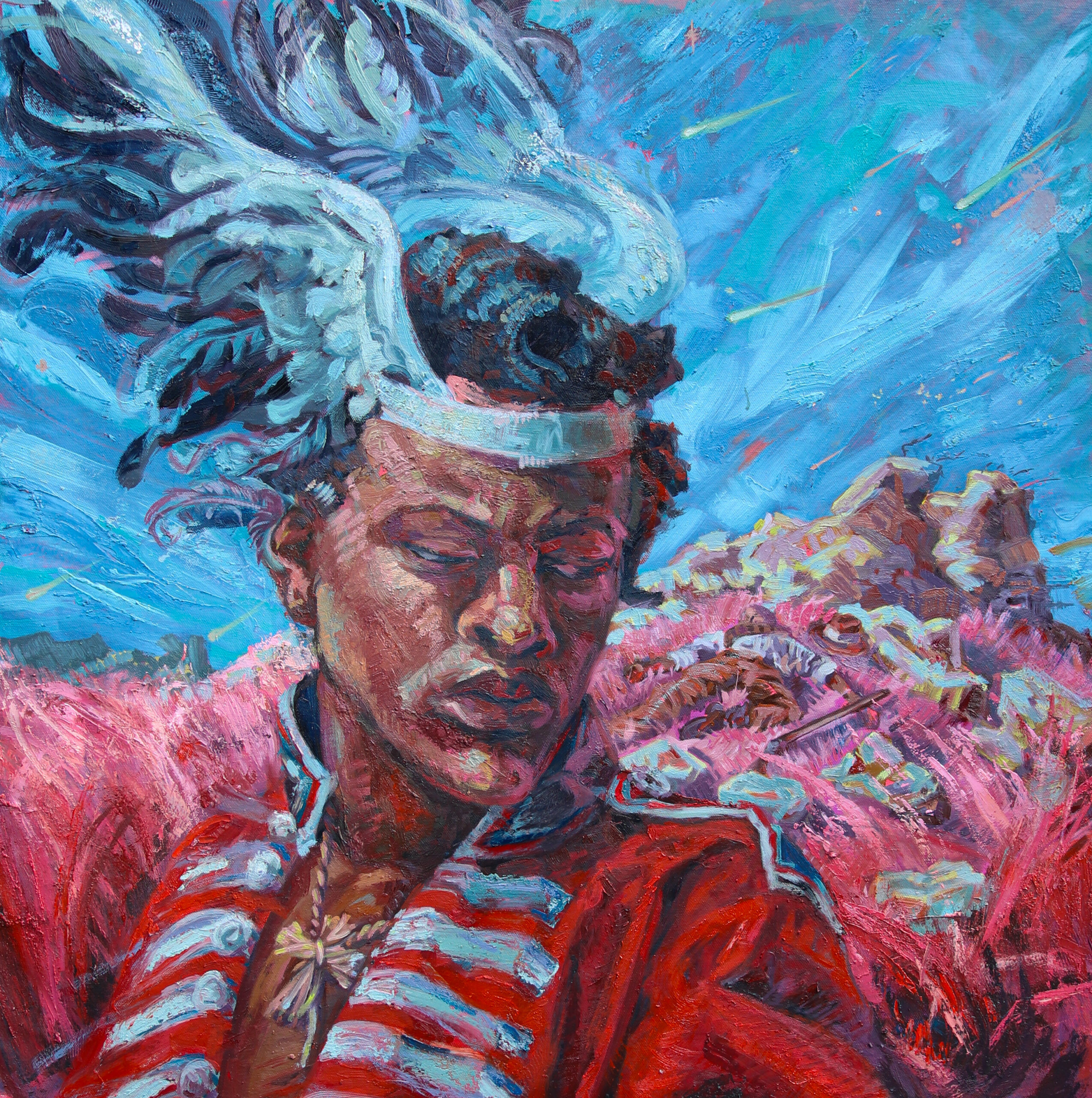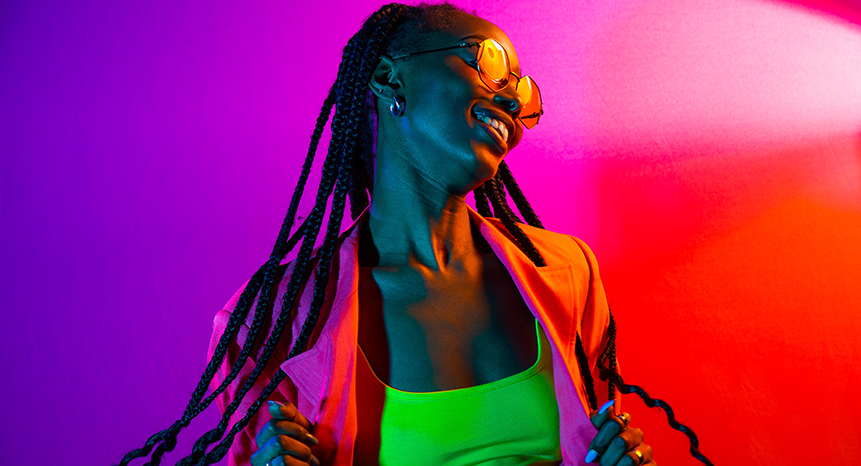This weekend, something special is happening in the South African art scene. On August 31, 2024, the highly anticipated solo exhibition “Amadoda on the Verge…[1835-2025]” by Athi-Patra Ruga opens at BKhz Gallery in Rosebank, Johannesburg. Curated by the renowned Banele Khoza, this exhibition isn’t just about pretty pictures—it’s a deep dive into history, identity, and what it means to be Black in a post-colonial world.

A New Look at Old Stories
Ruga is known for using his art to challenge the narratives we’ve been told, and this exhibition is no different. He’s taking us on a journey back to the colonial frontier, a time when South Africa’s Eastern Cape was a battleground of cultures, beliefs, and power. But instead of just rehashing history, Ruga offers something fresh: a counter-narrative that shines a light on the stories that have been overlooked or erased.
“In this new body of luscious and layered paintings, I welcome you to a part-speculative, part-historical frontier,” Ruga explains. His work explores the complex relationships between coloniser and colonised, settler and native. Through his unique avatars—characters he creates to tell these stories—Ruga invites us to question how these historical events still shape our world today.
The Power of Myth-Making
Ruga’s art is all about myth-making. By creating his own stories and characters, he’s able to explore big ideas like Black masculinity and the effects of colonial history on the present. His avatars are on the verge of something new, standing at the edge of the unknown, just like the historical figures they’re inspired by.
The exhibition draws on a mix of historical events, from the Crimean War to the prophecies of Ntsikana and Mangconde, to the publication of Frankenstein. Ruga’s work blends these influences with a Neo-Gothic aesthetic, giving his paintings a dark, haunting quality that mirrors the eerie atmosphere of the contemporary Eastern Cape.
![Dyani Mfengu On Fish River [1835]�](https://10and5.com/wp-content/uploads/2024/08/Dyani-Mfengu-on-Fish-River-1835�-651x1024.jpg)
Reclaiming History
One of the standout pieces in the exhibition is “Dyani Mfengu on the Kei River [1835],” where Ruga paints a young man from the Mfengu Levy, a group of 17,000 Black pioneers who allied with the British against the Xhosa. These alliances were crucial in shaping South African history, but Ruga’s work challenges the simple narratives of “good vs. bad” that we often hear.
The term impambano, which means a split between the body, mind, and spirit, is a key theme in this work. Ruga reflects on the clash between British, Boer, and Xhosa cultures, using the character’s clothing to symbolise the battlefield salvaged garments. “In the painting, I have suggested a split between the known and the unknown. The assailant is deliberately split from the frame as I reconcile my personal history,” Ruga says.

Art with Deep Roots
Ruga’s use of traditional materials like oil paint and stained glass is a deliberate choice, connecting his work to the long history of art as a tool for storytelling. But while European painters like Frederick I’ons and Thomas Baines used these mediums to justify colonial expansion, Ruga flips the script. He uses these materials to reclaim the narrative, centering the Black experience and the complex realities of colonial encounters.
Ruga’s exhibition is more than just art—it’s a powerful statement about the past, present, and future. He challenges us to rethink the stories we’ve been told and to consider the impact they continue to have on our lives. As we step into BKhz Gallery this weekend, we’re not just looking at paintings; we’re entering a conversation about history, identity, and the possibilities of a humanist future.




